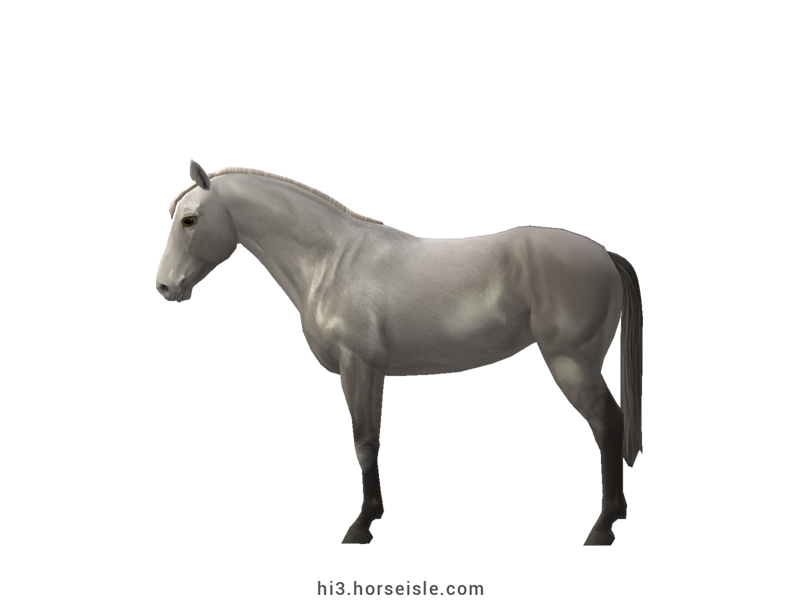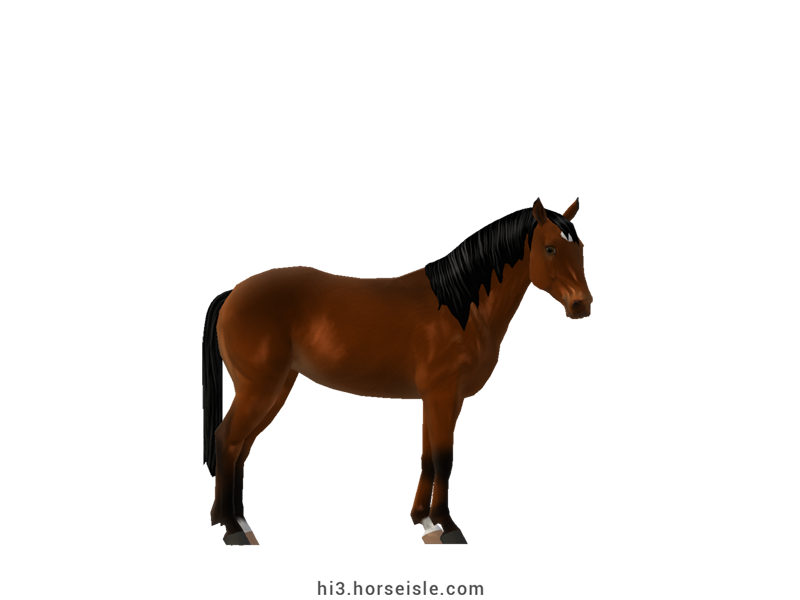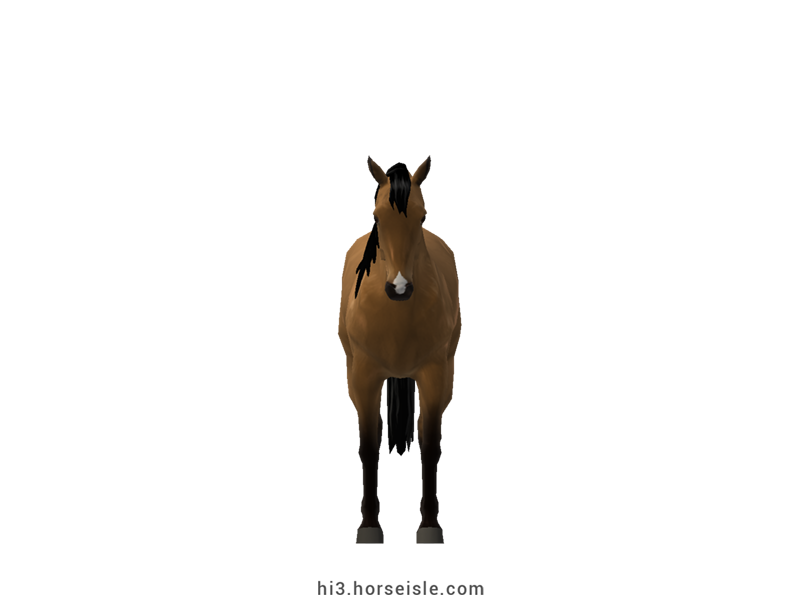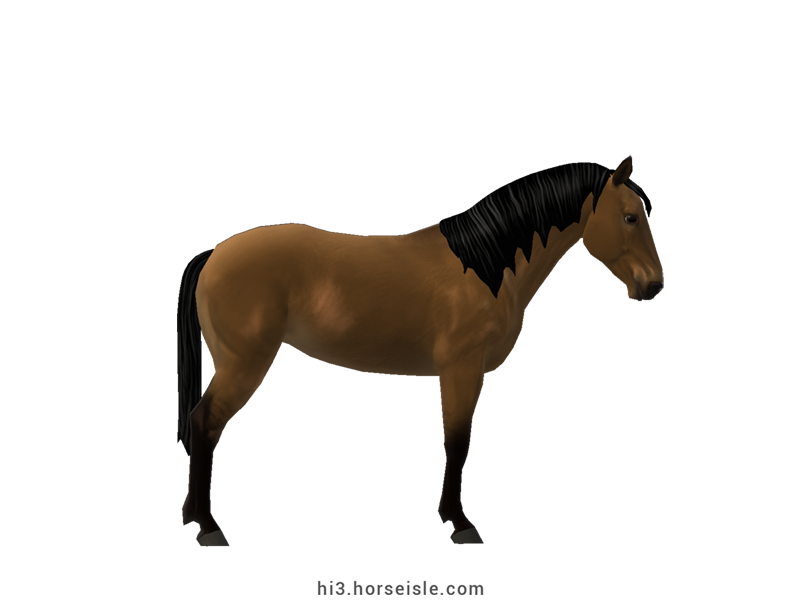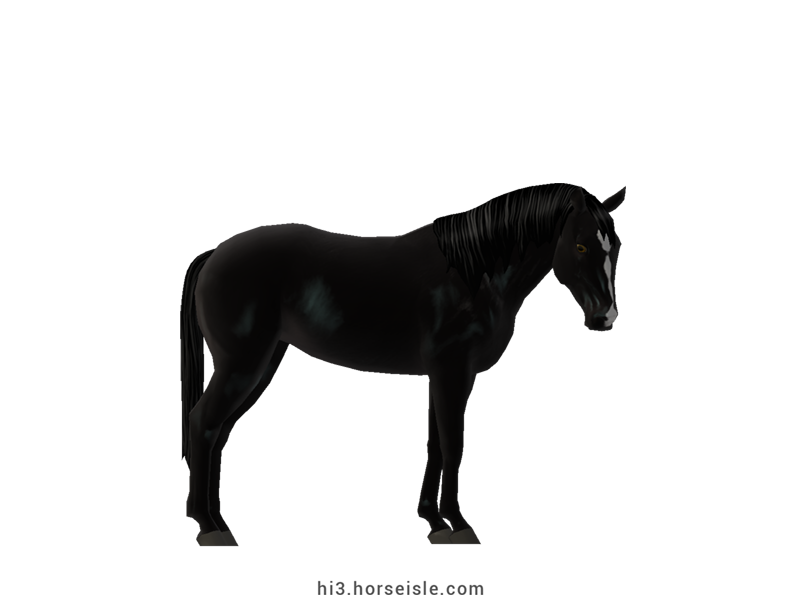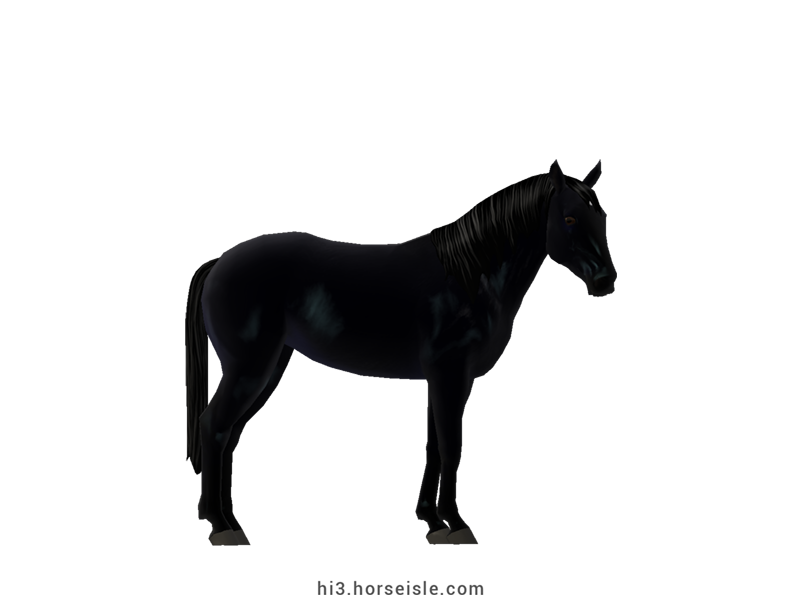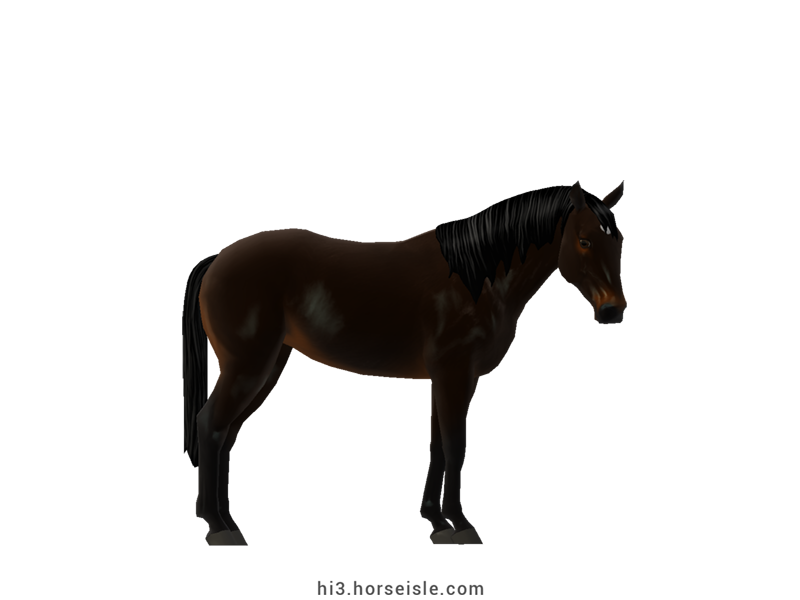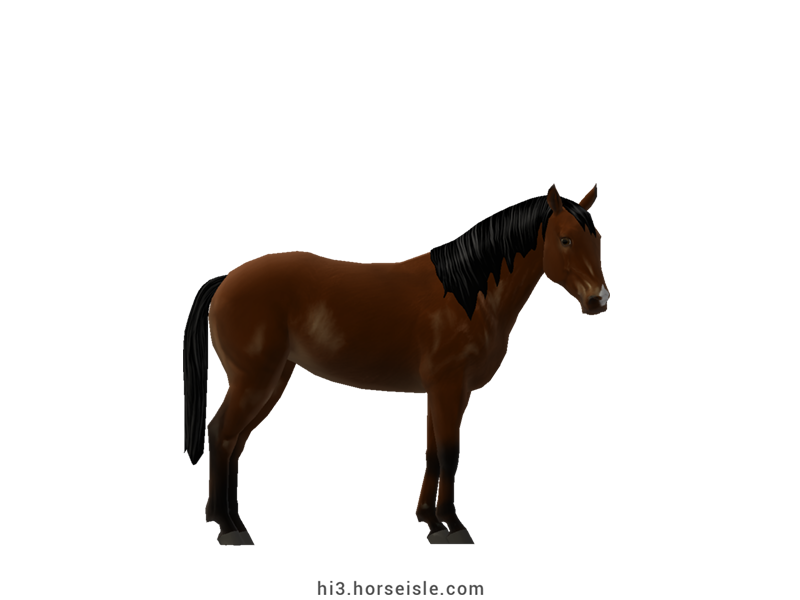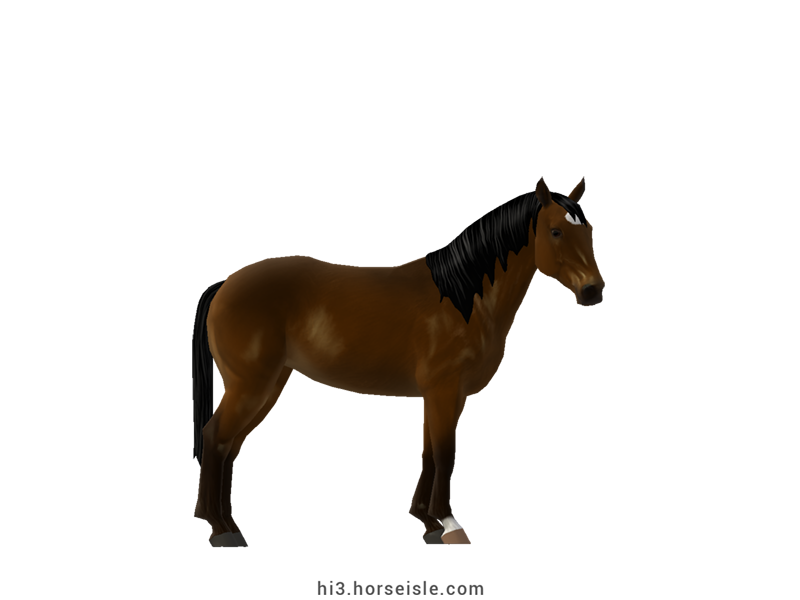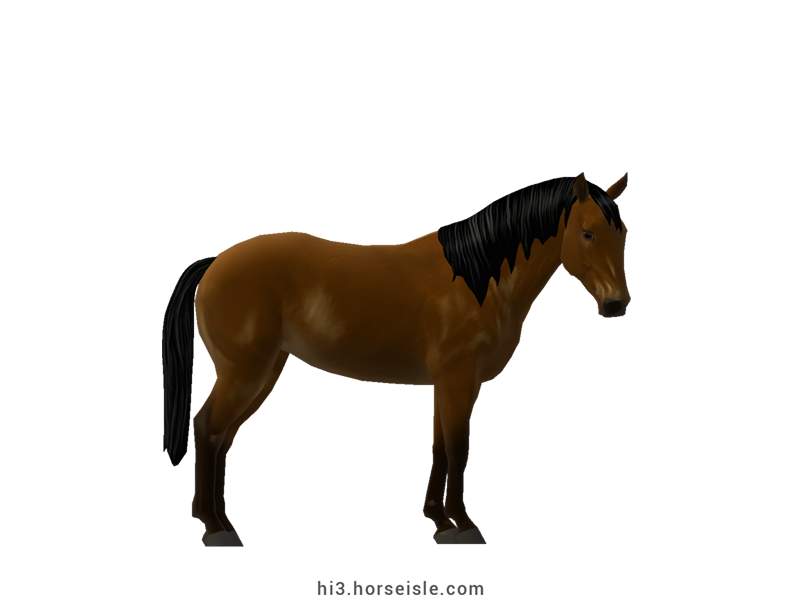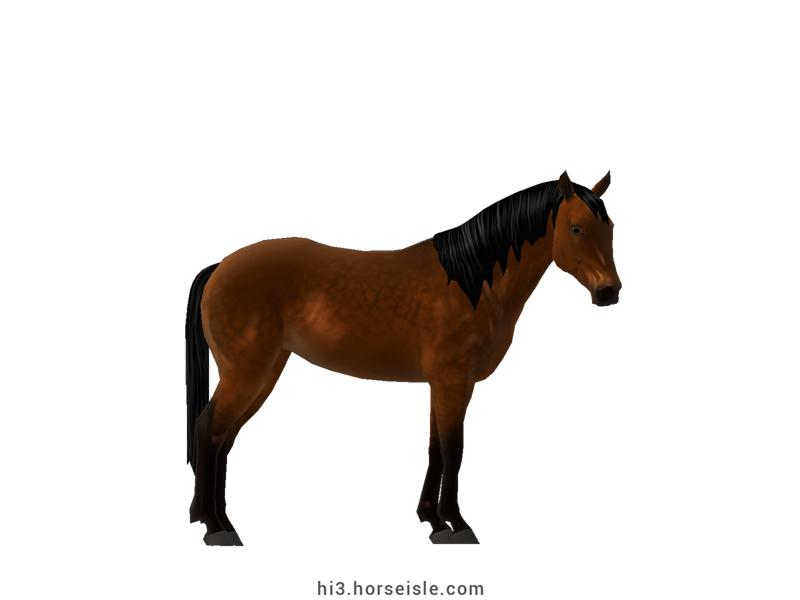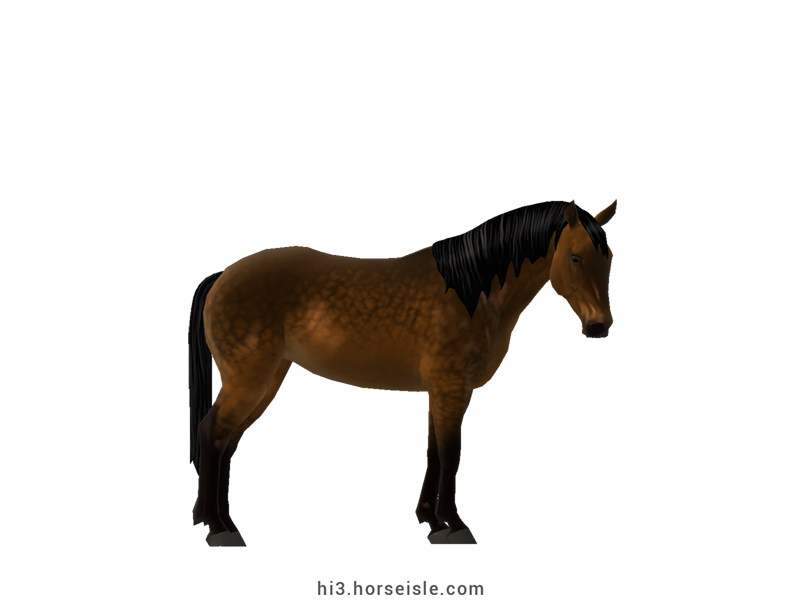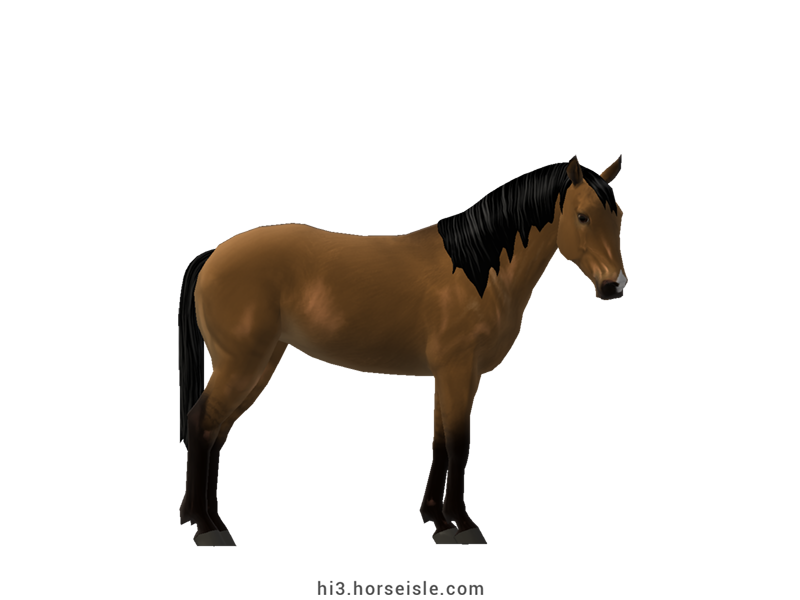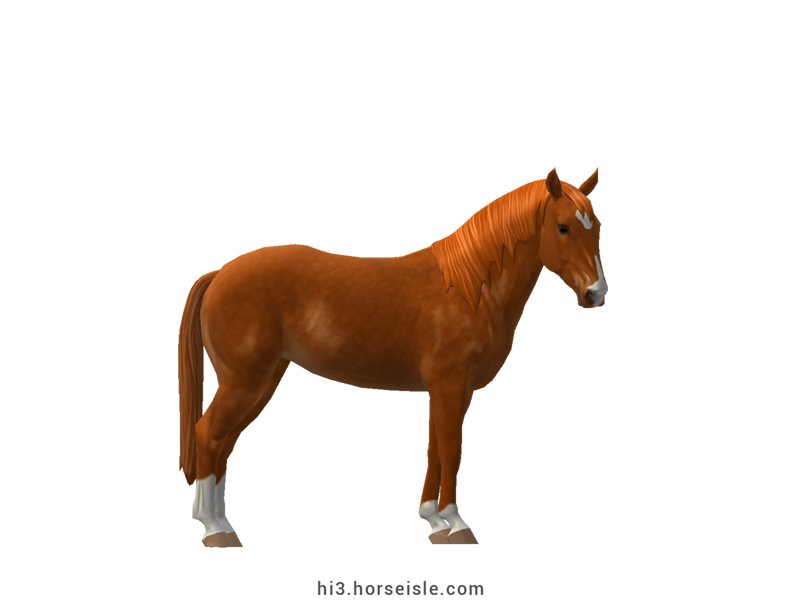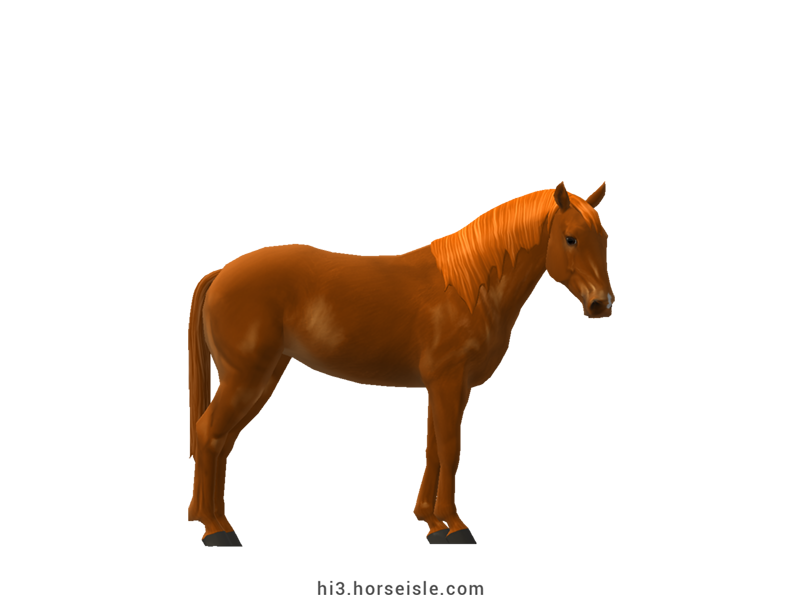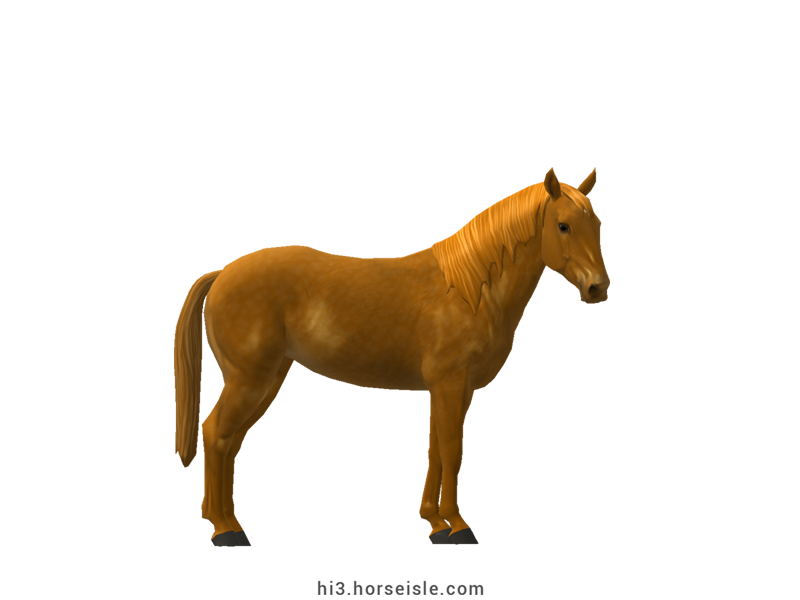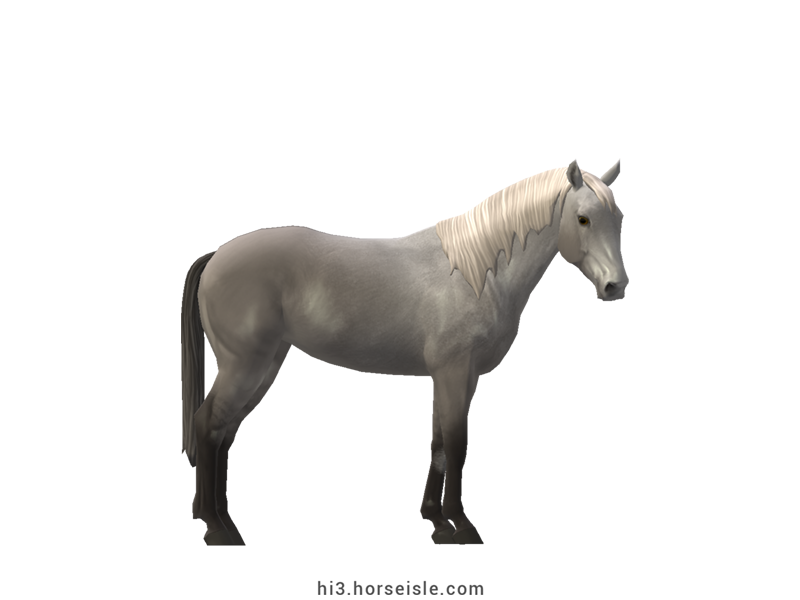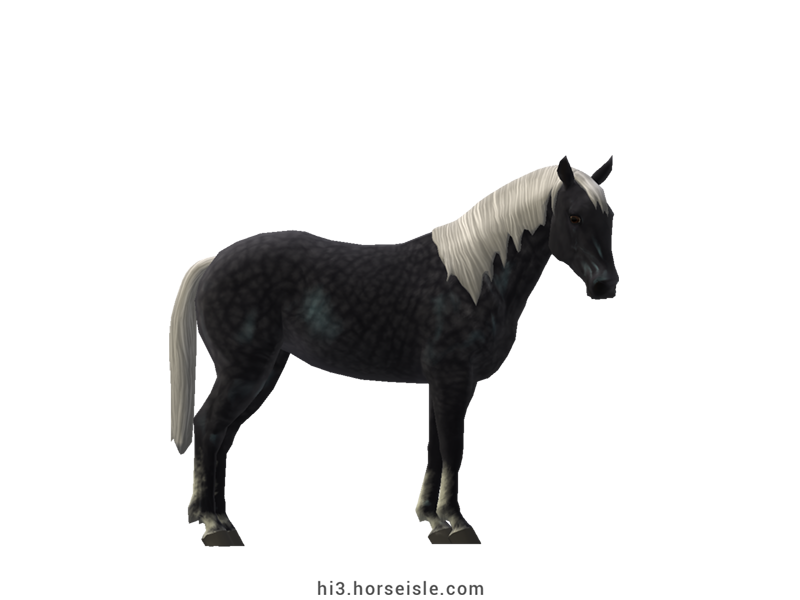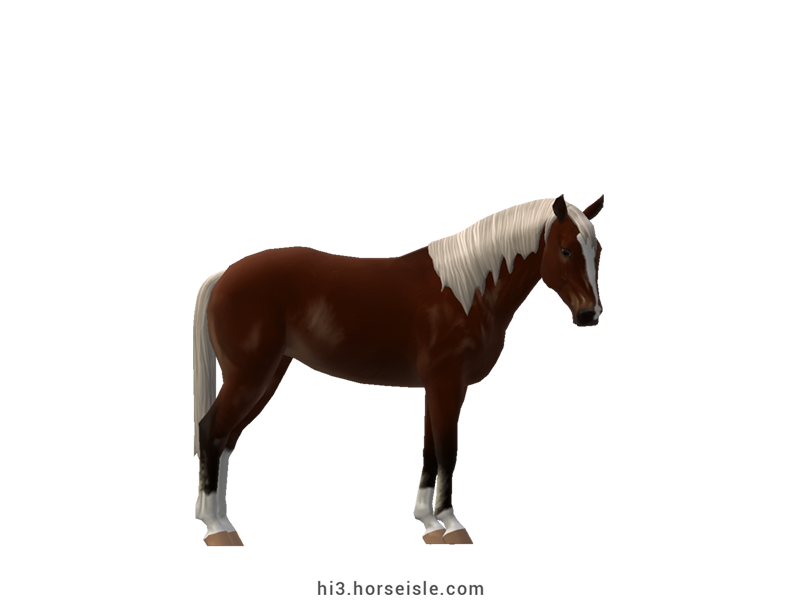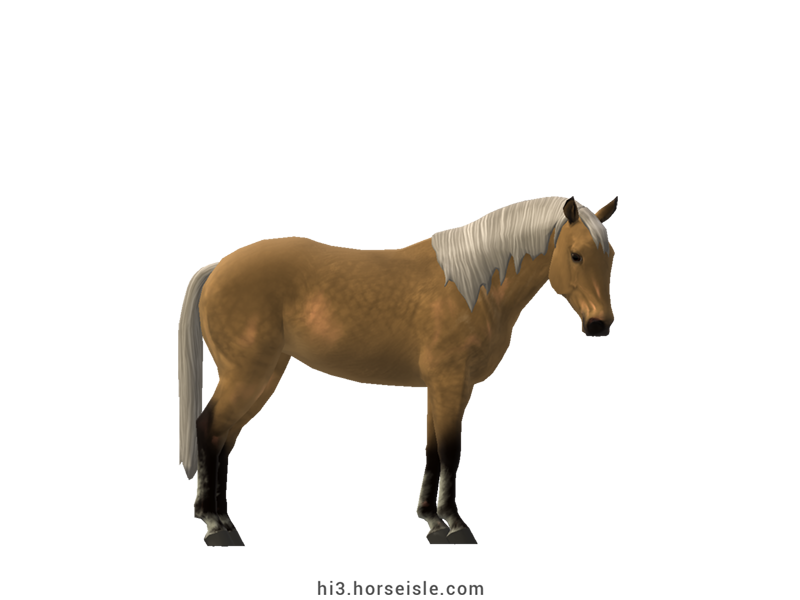Our Massive Real World Equine Reference!
[ INDEX ] Equine Type: Horse Breed: Waler [ PREV ] [ NEXT ]
From a mixture of breeds to an Australian breed:
In 1770, the British explorer James Cook discovered the Eastern coast of Australia, and in 1788, the British Government decided to colonize that continent. To this end, the British government shipped heavy horses, light horses, and ponies to the British settlers in Australia.
Most of the horses and ponies were of British breeds, but among them were also Percheron horses, Arabian horses, Barb horses, and Timor Ponies. Not all of them survived in the harsh and demanding environment of Australia, and of those who survived only the strongest were allowed to breed, leading to the formation of the Waler breed after a few generations.
A hardy Australian horse:
Breeders during that time period had strict demands with regards to the conformation and temperament of their horses, and the Waler was bred accordingly. Unlike its ancestors, the Waler had the strength, stamina, frugality, and character required for survival in the Australian wilderness. Furthermore, it had good speed, and a brave and energetic temper.
All of these characteristics made the Waler the ideal riding horse for those who needed to travel the long distances between the sprouting British colonies. It also made it a superb cavalry horse, and led to its prominent role in World War I.
An Australian legend:
During WWI, around 160,000 Waler horses were sent to the frontlines, most notably in the Middle East. These tough horses were able to handle the arid Middle-Eastern climate, as well as the shortage of food and water.
Despite the tough conditions, Waler horses were able to carry the Australian troops in the desert without drinking for two and even three days in a row. This achievement earned them worldwide fame of which the breed still enjoys today.
The Waler today:
The impressive resume of the Waler horses in past battles didn't save the breed from declining to the brink of extinction during the 1960s, when mechanization rendered them obsolete.
Fortunately, some farmers chose to let their horses roam free in the Australian outback instead of selling them, and breeding these horses is what saved the Waler from extinction. Today, Waler horses are still bred in Australia, and their breeding is overseen by the respective Society. They serve as all-around horses for recreational riding.
The Waler vs. the Australian Stock Horse and Brumby:
There is a misconception that 'Waler' is another name for Australian Stock Horse, when in reality the two are different breeds with different conformation and different lineages.
During the second half of the 20th century, when the demand for athletic horses increased, some Australian breeders decided to cross their heavy Waler horses with Thoroughbred, Arabian, Quarter Horse, and sport warmblood horses to create an authentic Australian sport horse. This new horse became known as the Australian Stock Horse.
While the Waler is indeed one of the ancestors of the Australian Stock Horse, it isn't an Australian Stock Horse. Although both of these breeds are bred in Australia, they have different studbooks and are overseen by different breeding associations.
Another misconception regards Walers as Brumbies. A 'Brumby' is defined as any horse who was born in the wild in Australia, or born to horses who were captured in the Australian wild.
During the 20th century, some Waler horses were released to roam and breed freely in the wild. Their offspring can be regarded as both Walers (because they were the product of two Waler horses) and Brumbies (because they were born in the Australian wild). However, this doesn't mean that any Brumby is a Waler or that any Waler is a Brumby.
Conformation:
The conformation of the Waler is characterized by a straight profile, medium-to-large eyes, a muscular and slightly arched neck, defined withers, a sloping croup, a large chest, and sturdy legs.
The mane is medium in length, not too short and not too long. The legs can be clean from feathering or have light feathering.
There are four subtypes within the Waler breed, and while each has its own, specific conformation, they all present the characteristics listed above.
Performance metrics:
The following are the: range, average, (SD), and MOE of performance metrics of ordered Walers in Horse Isle (not bred ones). In rare cases,
Speed: 15.2-17.6, 16.5 (0.6), 0.12.
Sprint: 51-70, 59 (4), 0.75.
Accel: 0.93-1.11, 1.02 (0.05), 0.01.
Decel: 0.90-1.07, 1.01 (0.03), 0.01.
Jump: 5.28-5.51, 5.39 (0.05), 0.01.
Pull: 2.01-3.14, 2.53 (0.3), 0.06.
Turning: 48.77-62.02, 54.70 (2.95), 0.58.
Reverse: 2.2-3.0, 2.6 (0.2), 0.03.
Stamina: 39.82-49.14, 44.81 (2.4), 0.47.
Reaction: 0.72-0.85, 0.79 (0.03), 0.01.
From a cavalry mount to a colorful horse:
Originally, in order to be effective cavalry horses, Walers were bred to have colors that blend in with the environment. Therefore, most of them came in the colors of bay, brown, chestnut, and black, and have minimal markings.
However, today, Walers can have lighter coats as well as various modifications and patterns, including pinto ones.
Coats & Height:
Colors: bay, black, brown, chestnut, gray, cream-diluted, and silver-dapple.
Additionals: flaxen, linebacked, rabicano, roan, sooty. The coat is usually solid, but in rare cases it can be tobiano or white-spotted sabino.
Height: 13hh to 17hh.
[ INDEX ] [ PREV ] [ NEXT ]

